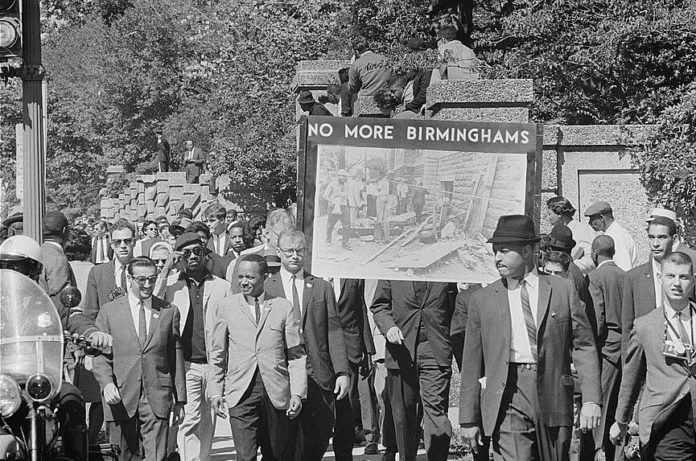

The Congress of Racial Equality was established in 1942 in Chicago. Currently headquartered in New York City, the organization was originally formed to combat racial inequality. Just a year after CORE was formed, it organized one of the region’s first successful demonstrations when it picketed a Denver movie theater that segregated patrons.
The protest predated the larger civil rights movement and law changes, but protestors’ message was clear: segregated spaces are not equal. The move toward racial equality in Colorado has been slow-moving. Initially, protests at the CORE movie theater and events and demonstrations hosted by activists like Corky Gonzales spurred little action in the legal sphere, even if the protests were considered to be successful.
It wasn’t until larger court cases like Keyes v. School District 1 made their way through the state’s legal system that lawmakers took note of segregation practices still widely in place in Colorado into the 1970s. In Keyes, Denver Public Schools was determined by the state Supreme Court to promote de facto segregation by enforcing a number of practices intended to separate students including “attendance zones and mobile classrooms units” serving Denver’s Park Hill neighborhood, which primarily consisted of affluent white residents.
Law Week previously covered the delayed justice presented in Jackson v. Denver, when an interracial couple was prosecuted for “vagrancy” for living together in a common-law marriage arrangement. For nearly a century, interracial marriages were illegal in the state until a house bill passed in 1957 repealed the ban in full.
According to a 2016 Denver Post article, CORE’s “Freedom Riders” were often arrested in the late 1950s and early ‘60s for “breaching the peace” and by December 1961, many of the 400 CORE members nationwide had been arrested and jailed for conducting or coordinating nonviolent protests. Colorado boasted several famed Freedom Riders including Charles Biggers and George Blevins, reported the Denver Post.

